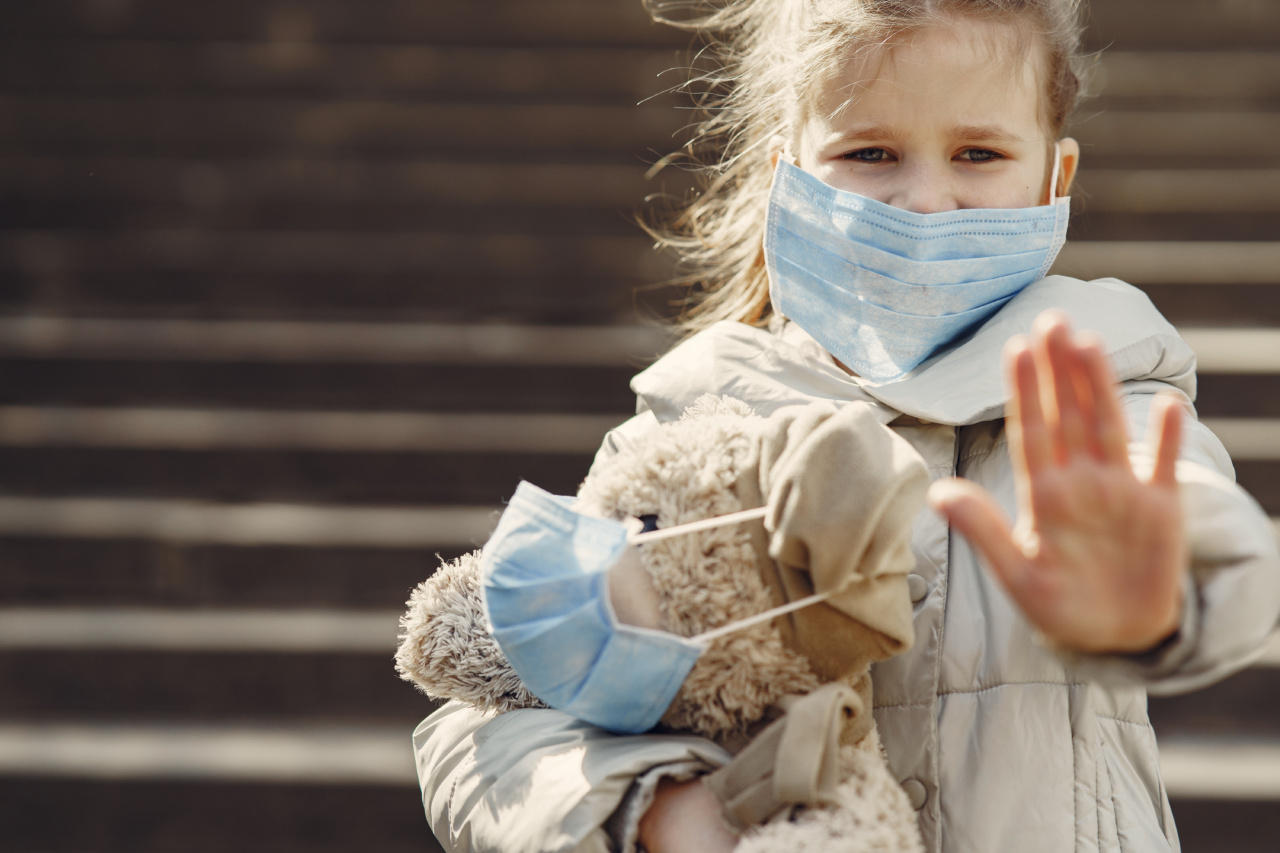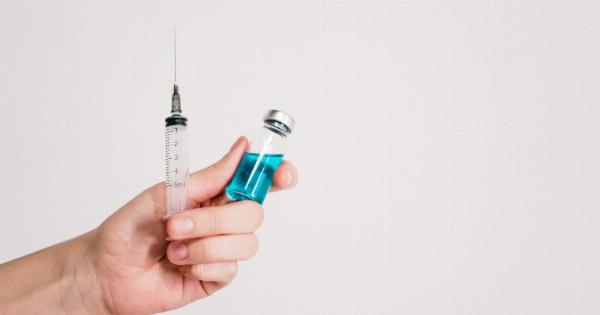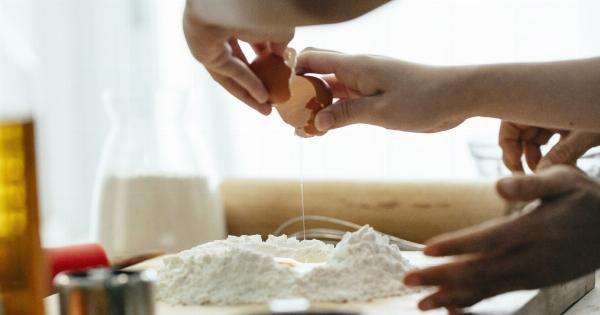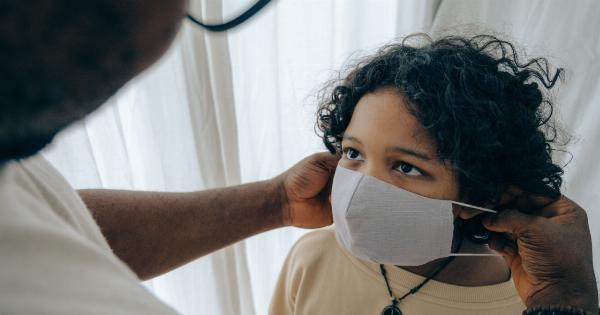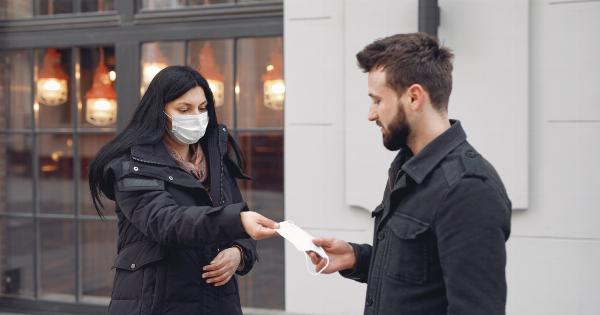It’s a fact of life that everyone falls ill at some point. Whether it’s a common cold, a stomach bug, or something more serious, our bodies are vulnerable to various illnesses.
However, have you ever stopped to think about the basic step that often leads to these illnesses? That’s right, it all begins with germs.
The Invisible Culprits: Germs
Germs are microscopic organisms that can cause diseases. They can be found everywhere – on surfaces, in the air, and even on our own bodies. While not all germs are harmful, some can make us sick.
They can enter our bodies through various means, such as inhalation, ingestion, or direct contact.
The Transmission of Germs
The transfer of germs from one person to another is known as transmission. There are several ways in which germs can be transmitted, and understanding these methods can help prevent the spread of illness.
1. Direct Contact
Direct contact is one of the most common ways in which germs are spread. It occurs when we touch an infected person, their bodily fluids, or surfaces that have been contaminated by these fluids.
Simple actions like shaking hands, hugging, or kissing can facilitate the transfer of germs.
2. Indirect Contact
Indirect contact involves germs being spread through objects and surfaces.
For example, touching a doorknob, a contaminated utensil, or a computer keyboard that has been touched by an infected individual can result in the transfer of germs to our own bodies.
3. Respiratory Droplets
When an infected person coughs, sneezes, or talks, respiratory droplets containing germs are released into the air. If these droplets are inhaled by those nearby or land on surfaces that are later touched, the germs can make their way into new hosts.
4. Airborne Transmission
Airborne transmission occurs when germs remain suspended in the air for a prolonged period. This method is more common for certain illnesses like tuberculosis or measles.
When we inhale these germs, they can enter our respiratory system and cause illness.
5. Fecal-Oral Route
Germs can also be transmitted through the fecal-oral route. This typically occurs when we consume food or water that has been contaminated with fecal matter containing harmful microorganisms.
Poor hygiene practices and inadequate sanitation contribute to the spread of germs through this route.
Preventing the Spread of Germs
Thankfully, there are simple steps we can take to minimize the transmission of germs and keep ourselves healthy.
1. Wash Your Hands
Regular handwashing is one of the most effective ways to prevent the spread of germs. Use soap and warm water, and scrub your hands for at least 20 seconds. Pay attention to areas such as between your fingers and under your nails.
Hand sanitizers can be used when soap and water are unavailable.
2. Cover Your Mouth and Nose
When coughing or sneezing, cover your mouth and nose with a tissue or use your elbow if a tissue is unavailable. This helps prevent respiratory droplets containing germs from being released into the air or landing on surfaces that others may touch.
3. Avoid Touching Your Face
Our hands come into contact with numerous surfaces throughout the day, making them likely carriers of germs. Touching our face, particularly our eyes, nose, and mouth, increases the chances of these germs entering our bodies.
Try to refrain from touching your face unnecessarily.
4. Disinfect Surfaces
Regularly clean and disinfect frequently touched surfaces, such as doorknobs, light switches, and countertops, using appropriate cleaning agents. This helps eliminate any germs that may be present and reduces the risk of transmission.
5. Practice Respiratory Etiquette
If you have an illness that can be easily transmitted through respiratory droplets, such as a cold or flu, follow respiratory etiquette.
This includes covering your mouth and nose when coughing or sneezing, disposing of tissues properly, and washing your hands afterward.
6. Stay Home When Sick
If you are feeling unwell, it’s important to stay home and avoid close contact with others. This helps prevent the spread of germs to those around you. It’s better to take the time to recover fully before resuming your regular activities.
7. Vaccination
An essential step in preventing the spread of certain illnesses is getting vaccinated. Vaccines help our bodies develop immunity against specific diseases, making us less susceptible to infection.
Stay up to date with recommended vaccinations for yourself and your family members.
8. Practice Good Hygiene
Adopting good personal hygiene practices can significantly reduce the risk of becoming ill. This includes maintaining cleanliness by bathing regularly, washing clothes and bedding frequently, and keeping your living environment clean.
9. Safe Food Handling
To prevent the fecal-oral transmission of germs, it is crucial to practice safe food handling. Wash fruits and vegetables thoroughly, cook meat and seafood properly, and store food at appropriate temperatures to avoid bacterial growth.
10. Stay Informed
Lastly, stay informed about the latest information regarding illnesses and public health.
Understanding how diseases are transmitted and the preventive measures available can empower you to make informed decisions and protect yourself and your loved ones.
